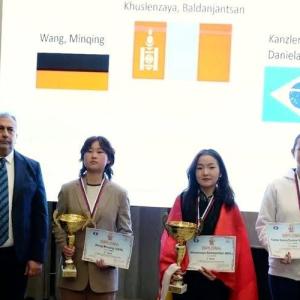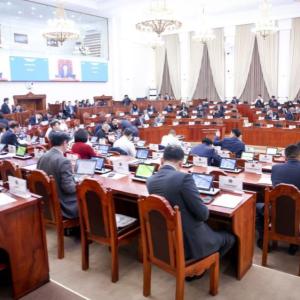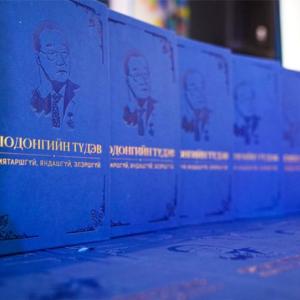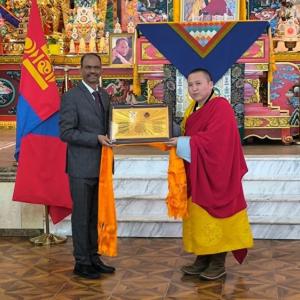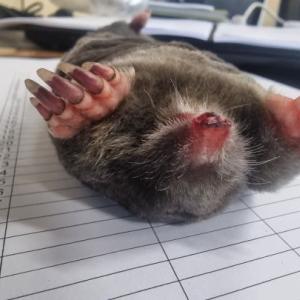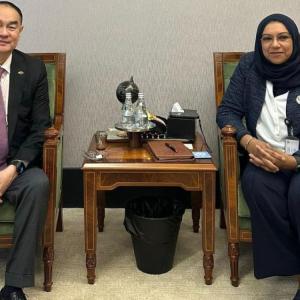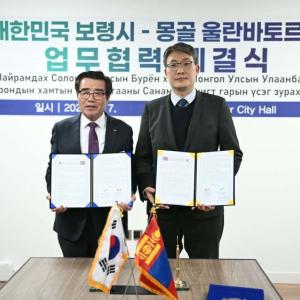‘Mongolian crafts, wooden chest’ exhibition taking place
Art & Culture
Ulaanbaatar /MONTSAME/. An exhibition
titled ‘Mongolian crafts, wooden chest’ opened at the National Museum
of Mongolia on June 13.
Being organized in collaboration with the National Museum of
Mongolia and the Ger Museum of Ethnography, the exhibition displays more than
150 worn-out chests used by Mongolians between the 17th and 20th centuries.
The wooden chest, cultural heritage of the nomadic Mongols, contains Mongolian traditions and philosophy of life. From ancient times, people have been making household furniture and utensils in line with their lifestyle. In particular, wooden chests that store household items have been the most widely furniture in the home for thousands of years. The chest is positioned in the most respected section of the Mongolian Ger dwelling.
“According to the study, the chest was originally intended
for storing household items, but gradually became a part of essential furniture,
and a drawer was created with a purpose to sort what are stored in the chest. In
the 17th-20th centuries, chests were created based on traditional Mongolian use.
Since lions are considered the most powerful animal in the
world, Mongolians draw a lion on their wooden chest as a symbol of
strength and power. With the establishment of art workshops in the 1920s, various
chests with different patterns and colors were introduced to the
public use,” said specialist at the National Museum of
Mongolia J. Naranchimeg.
Mongolians used to place wooden chests in the most respected
section of Mongolian Ger dwelling to store the most precious things, such as
silk, and deel (national costume) that are made for wearing during the National
Naadam Festivals and Lunar New Year. The exhibition aims to give young
generation knowledge about this heritage and disseminate it. Through the
exhibition, I hope that youth will look back on their childhood and
grandparents by seeing these wooden chests used by their ancestors, said director
of the Ger Museum of Ethnography O.Mash-Erdene.
The exhibition is open
until October.
 Ulaanbaatar
Ulaanbaatar










